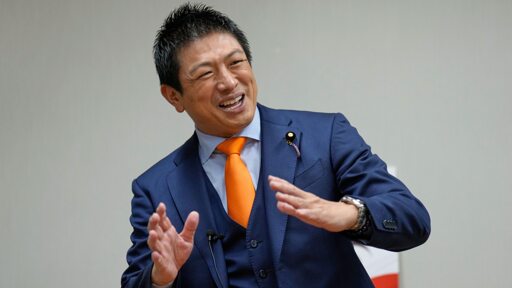Outside a train station near Tokyo, hundreds of people cheer as Sohei Kamiya, head of the surging nationalist party Sanseito, criticizes Japan’s rapidly growing foreign population.
As opponents, separated by uniformed police and bodyguards, accuse him of racism, Kamiya shouts back, saying he is only talking common sense.
Sanseito, while still a minor party, made big gains in July’s parliamentary election, and Kamiya’s “Japanese First” platform of anti-globalism, anti-immigration and anti-liberalism is gaining broader traction ahead of a ruling party vote Saturday that will choose the likely next prime minister.



okay then i guess you should think about what rate of population decline is acceptable? like, you’re saying the current rate is unacceptable; where do you draw the limit and why?
Ideally they are matched to productivity and wage rates. So if productivity goes up 50%, and wages go up 50% (pw), with population being (k), then I think ideally it would be
K(-r%)=pw(r%)
But, humans don’t follow consistent rules in that particular way, so just somewhere around pw.
Alternatively, if they stagnate equally, that would be sustainable too. Not much decline or increase.
yeah but productivity already has gone up a lot in the past few decades. So … does that mean we could have a smaller working population?
A smaller general population.
The whole issue really is the baby boom threw things out of balance.